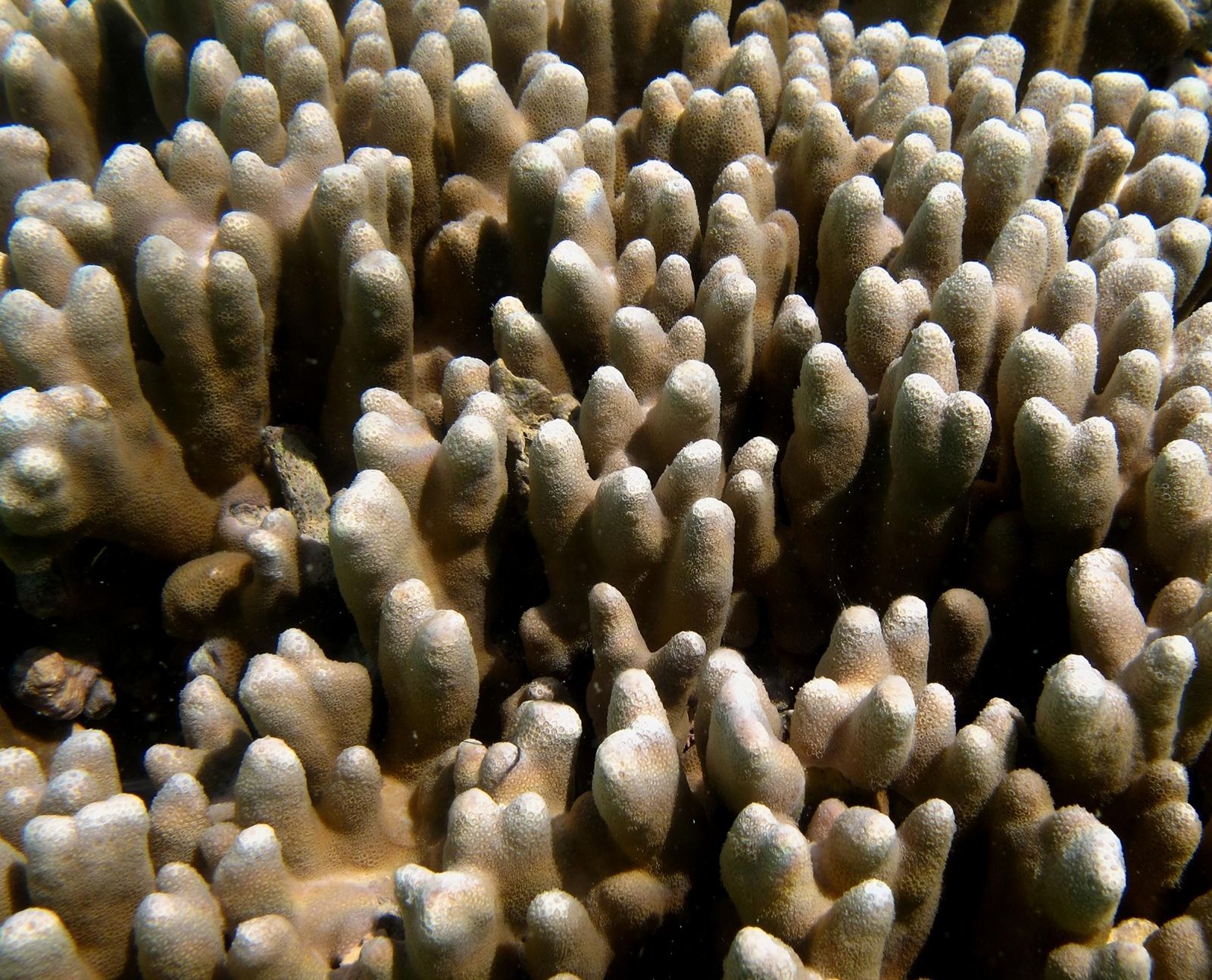What they thought was a shipwreck is actually... the largest coral ever discovered 🤿
Published by Cédric,
Article by: Cédric DEPOND
Source: National Geographic
Other Languages: FR, DE, ES, PT
Article by: Cédric DEPOND
Source: National Geographic
Other Languages: FR, DE, ES, PT
Follow us on Google News (click on ☆)
In the heart of the Pacific Ocean, a team from the National Geographic Society recently uncovered this massive coral colony. Measuring 112 feet (34 meters) wide by 105 feet (32 meters) long, it far surpasses the previous record set in American Samoa. Approximately 300 years old, this specimen belongs to the species Pavona clavus, nicknamed the "shovel blade coral."

A Pavona clavus coral colony
Image Wikimedia
Visible from space, this titanic colony is home to nearly one billion coral polyps. These tiny, genetically identical organisms work together to form a single entity capable of surviving in an increasingly hostile environment.
Discovered by chance at a depth of 43 feet (13 meters), this structure remained unnoticed by the local inhabitants for a long time due to a lack of diving equipment. Its flattened shape and brownish color reinforced the illusion of a simple rock or a shipwreck.
Researchers are fascinated by the resilience of this underwater giant, which seems to defy the climate crisis. Protected by cool waters and favorable geography, it escapes the bleaching phenomena that affect 77% of the world's reefs.
However, threats persist. Ocean acidification, caused by the absorption of carbon dioxide, weakens the calcium carbonate structure of corals. This phenomenon, likened to "osteoporosis" by scientists, makes it harder for corals to grow in affected waters.
Despite these challenges, this discovery brings hope for marine biodiversity. Molly Timmers, the lead scientist of the expedition, emphasizes that it represents a pillar of life, proof that some corals can endure. She hopes this example will motivate stronger marine protections in this Coral Triangle region.
The waters surrounding the Solomon Islands have benefited from community-based management for a decade. Scientists are calling for national and international support to safeguard these fragile habitats, which are critical to maintaining the balance of marine ecosystems.
In the face of the climate emergency, this discovery serves as a reminder that the ocean still holds many unsuspected wonders. The world's largest coral is here to remind us: protecting these living treasures is a shared responsibility.
How can a coral grow so large?
Giant corals, like the one recently discovered in the Solomon Islands, result from the continuous growth of microscopic organisms called coral polyps. These tiny creatures work together to construct a calcium carbonate structure that expands year after year.
Each polyp secretes calcium carbonate to form an external skeleton, which protects the organism while reinforcing the colony. As the polyps multiply, the coral grows in both surface area and volume.
This growth depends on specific environmental conditions: clear, shallow water rich in light to support photosynthesis by the symbiotic algae living within the polyps' tissues. These algae provide most of the energy needed by the colony.
In the case of the giant coral in the Solomon Islands, its exceptional size is attributed to its ideal location, cool waters, and uninterrupted growth over 300 years.